Севр (стиль)
Изящные и сложные каминные часы из севрского фарфора с золоченой бронзой и голубой селевой подложкой
£9,000
A Fine and Elaborate Gilt-Bronze and Sèvres Style Porcelain Mantel Clock with a four inch porcelain dial painted at the centre with a putto, and surrounded...
Размеры
Height: 51 cm (21 in)Width: 28 cm (12 in)
Глубина: 14 см (6 дюймов)
Описание
A Fine and Elaborate Gilt-Bronze and Sèvres Style Porcelain Mantel Clock with a four inch porcelain dial painted at the centre with a putto, and surrounded by Roman numerals within a ‘jewelled’ gilt and bleu celeste border.
The richly chased foliate gilt-bronze cast case is surmounted by a porcelain oval portrait miniature of an Eighteenth Century lady. The bowed sides of the clock case are inset with porcelain panels painted with love and musical trophies within ‘jewelled’ gilt and bleu celeste borders. The front of the clock case is inset with ten further porcelain panels, similarly painted with flowers, figures and portraits all within ‘jewelled’ gilt and bleu celeste borders.
The bell striking movement (No.1068) is stamped with the monogram ‘AV Horlogerie, Paris’, and the clock has a Brocot escapement.
Дата
Около 1870 года
Происхождение
Франция
Подпись
Stamped with the monogram ‘AV Horlogerie, Paris’.
The Sèvres Porcelain Manufactory was founded to the east of Paris in the disused Royal Château of Vincennes, late in 1739-40. and moved to the village of Sèvres, west of Paris in 1756, en route to King Louis XV’s palace of Versailles.
Here it was also adjacent to Louis’s mistress Madame de Pompadour’s own château at Bellevue. She was delighted with the factory’s new location – as she knew she could entice Louis to take a greater interest in it when it was so near their own residences. Indeed, the King became such a keen patron of the factory that, when it ran into financial difficulties, he bought out the shareholders and became the sole proprietor. The factory remained a royal enterprise until the French Revolution, when it was nationalised.
The popularity of the Louis XV style during the nineteenth century led to a number of companies in and around Paris, creating exceptional Sèvres-Style porcelain based on eighteenth century models and to the same exceptional quality. Often these pieces were of exhibition quality and scale, and finely painted by the best studio painters of the day such as Robert, Desprez and Poitevin.
ВАМ ТАКЖЕ МОЖЕТ ПОНРАВИТЬСЯ
-
£13,000 Добавить в корзину
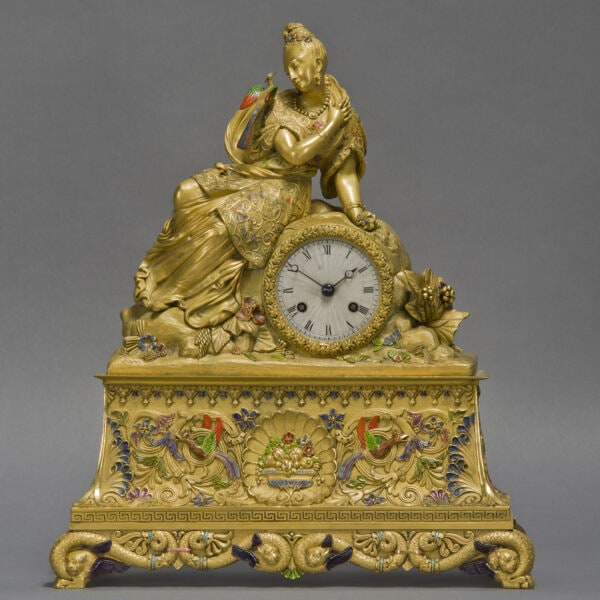
Очень редкие фигурные часы из позолоченной бронзы и эмали в стиле шинуазри
-
£26,000 Добавить в корзину
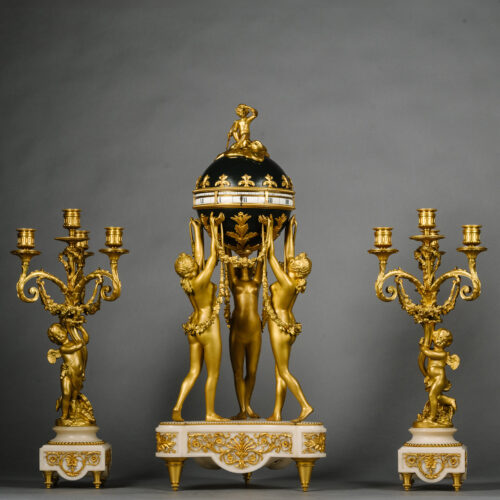
Jollet Et Cie
A Louis XVI Style Gilt and Patinated Bronze and Marble Clock Garniture
-
£85,000 Добавить в корзину
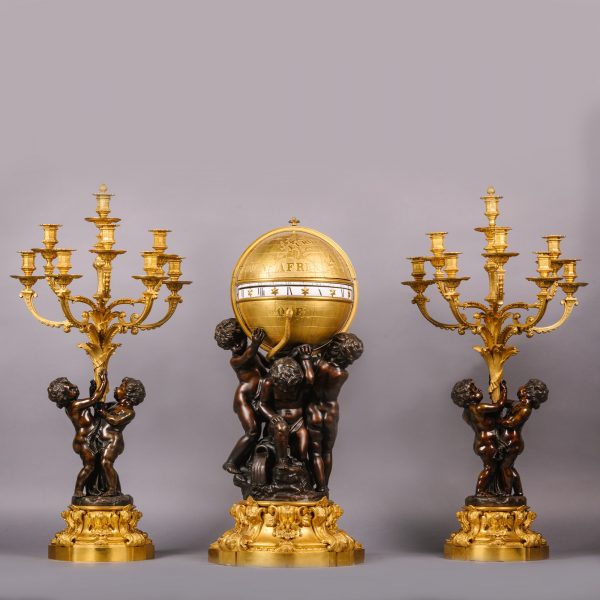
Denière
Редкие монументальные часы-гарнитур Cercles Tournants
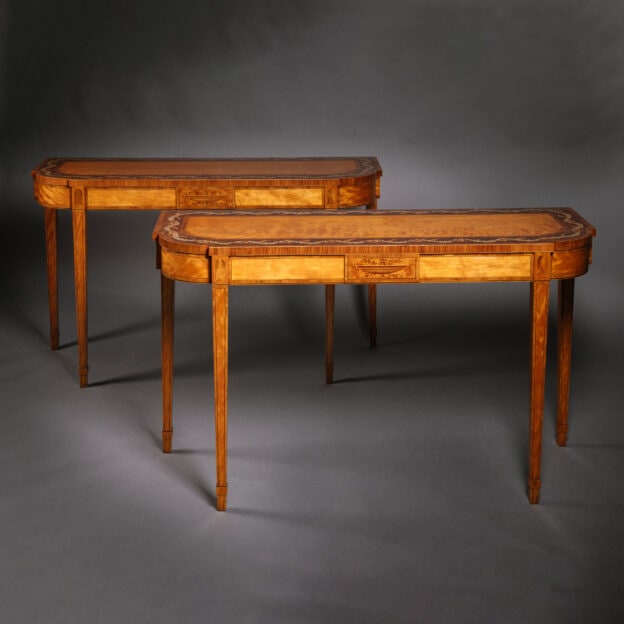




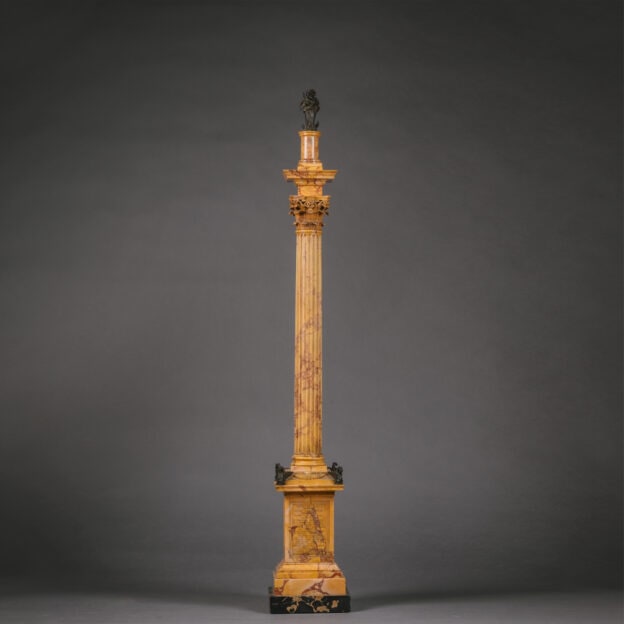
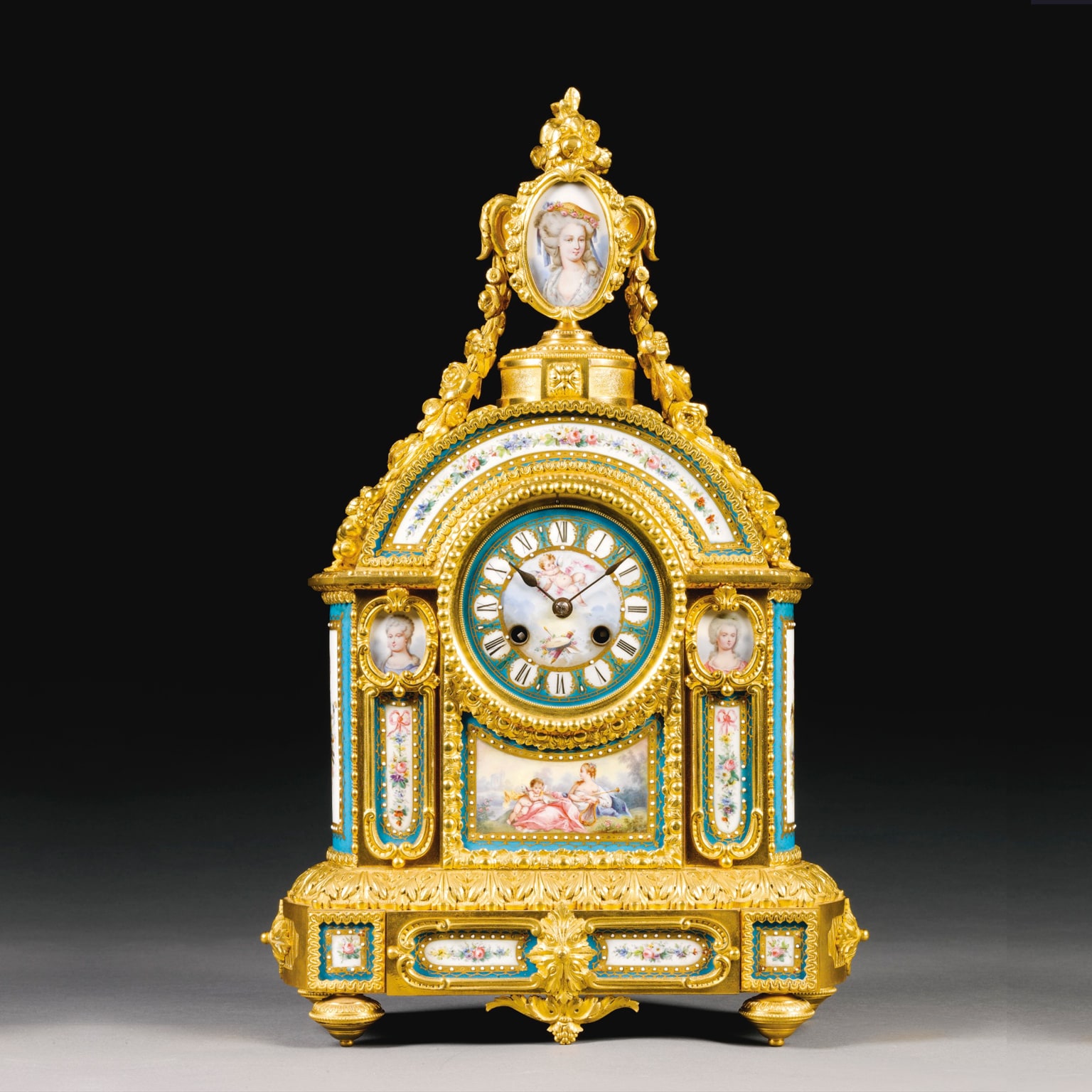
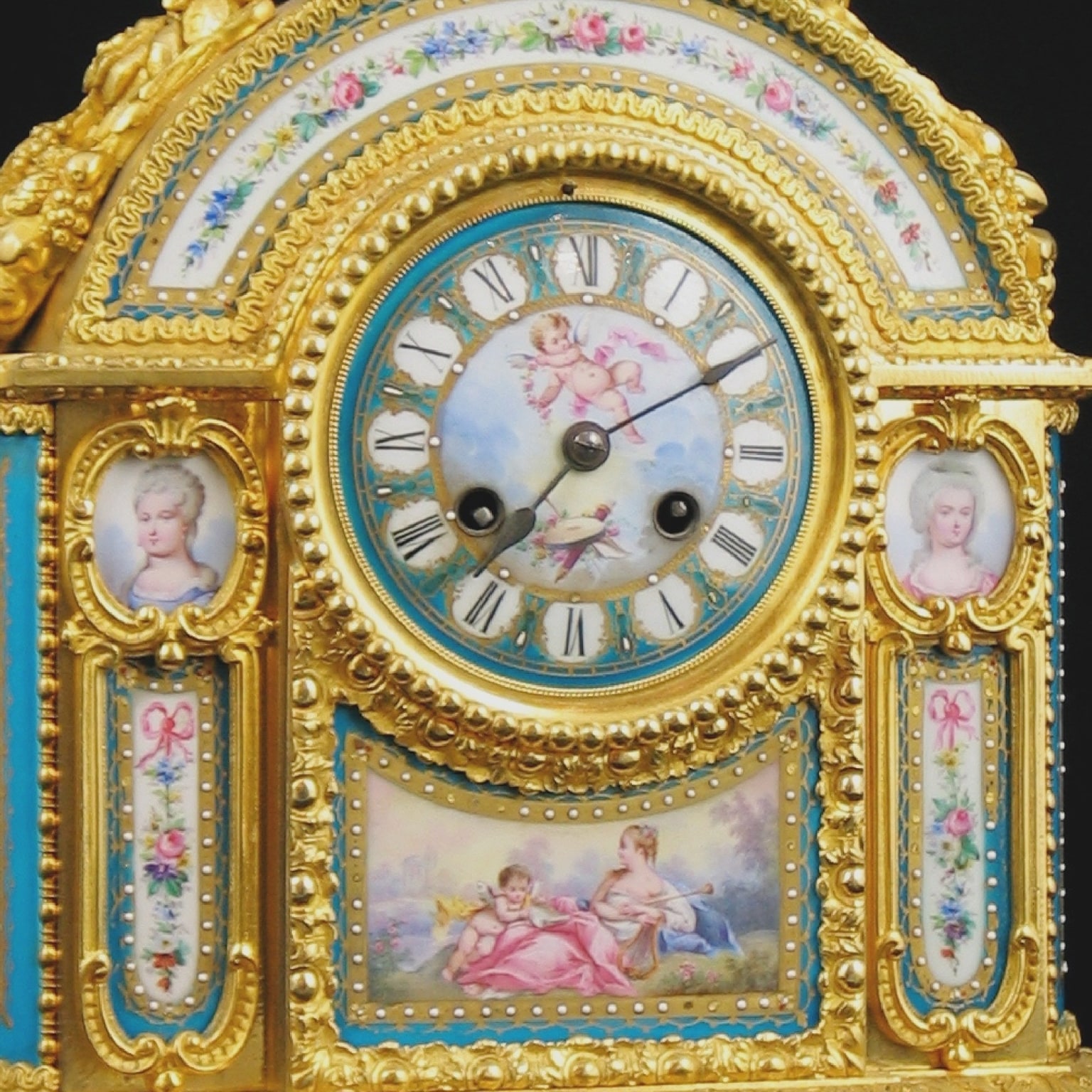

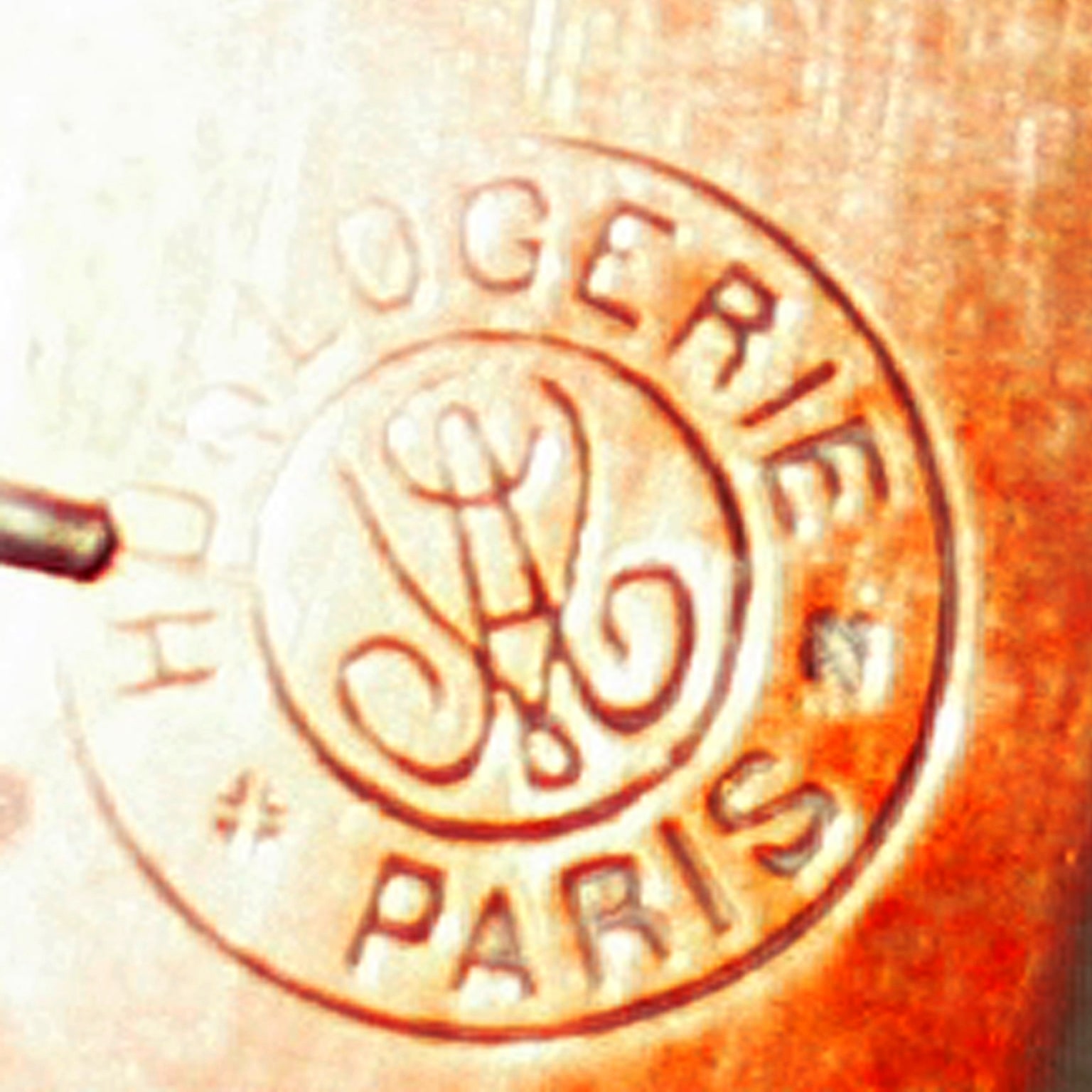

 Печать
Печать